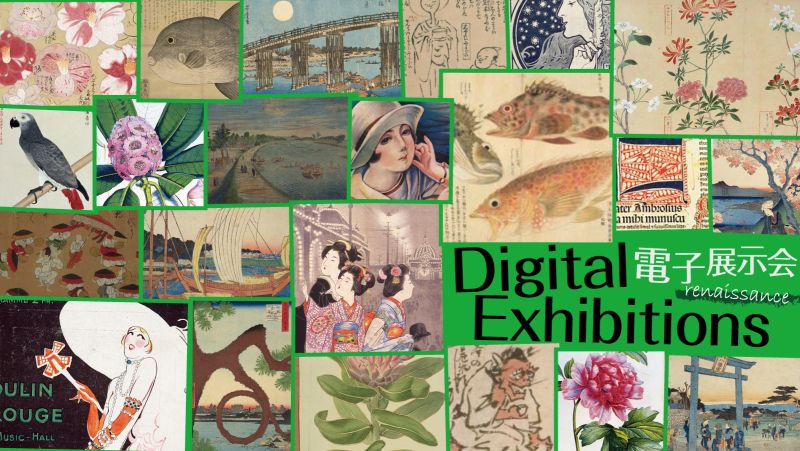Cedar and the Japanese

As spring approaches, so does the season of hay fever. Cedar, one of the causes of hay fever, has long been associated with the Japanese. The Japanese name for cedar, “sugi,” comes from chokuboku, which means straight tree. Cedar is so widespread in Japan that Japan's tree culture is said to be cedar culture, with virgin cedar forests widely distributed from Aomori Prefecture in the north to Yakushima Island in the south. Akita, Toyama, Mie, Kyoto, Nara, Kochi, and Miyazaki prefectures have designated cedar as their prefectural tree.
The scientific name for Japanese cedar is Cryptomeria Japonica. Cryptomeria means "hidden" and was named because the cones are covered with leaves. Japonica, of course, refers to Japan.
Approximately 40% of Japan's forests are planted forests, of which about 45% are cedar. Although cedar has now become a cause of hay fever, it can be said that Japanese culture, which is a culture of trees, evolved alongside cedar.
Educational nishiki-e used for school education in the early Meiji period (1868-1912) depict cultivation techniques for cedar, including methods for raising seedlings and pruning branches, and its various applications. The description on the nishiki-e below states that the trunk can be used for posts and roof shingles, the thin branches for firewood, the leaves for incense, and that cedar is a valuable wood where no part goes to waste.
The first telegraph poles were erected between Tokyo and Yokohama in Meiji 2 (1869). At that time, telegraph poles were made of wood, mostly cedar.
In addition, various tools necessary for daily life, such as sake barrels, soy source barrels, miso barrels, sushi tubs, and bathtubs, were made from cedar until plastic products began to be mass-produced. These tools were made by expert craftsmen and used with care.
In KATSUSHIKA Hokusai's Fugaku Sanjūrokkei: Bishū Fujimigahara (Thirty-six Views of Mt. Fuji: Fujimigahara in Owari Province), a barrel maker is shown crafting a large barrel. Similarly, in another of Hokusai's works, Onden no Suisha (Waterwheel at Onden, present-day Harajuku, Tokyo), a woman with a tub intended for washing is depicted.
The making of barrels and tubs is depicted in various other works.
Cedar trees were planted in the vicinity of shrines and along streets to protect travelers from snow and wind.
